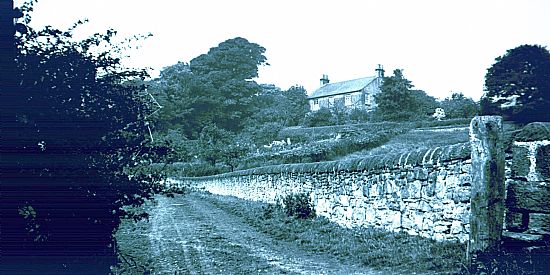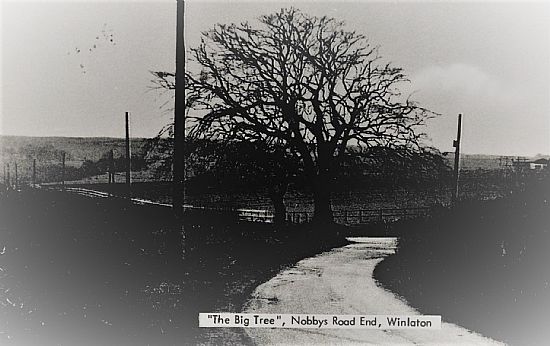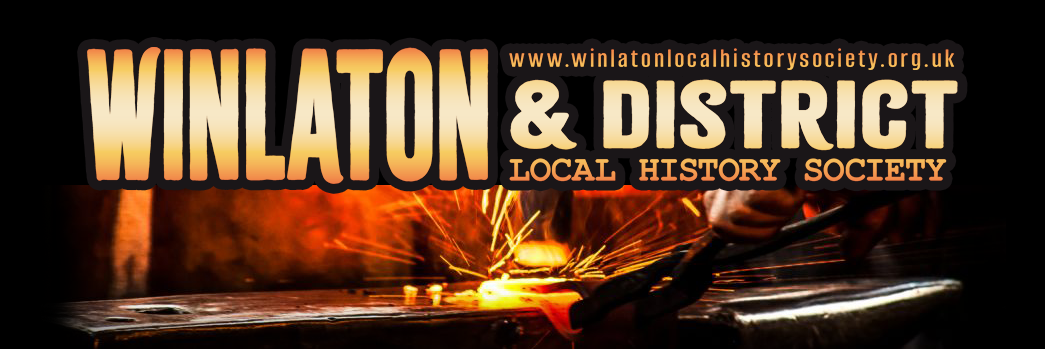Before St. Paul’s was built in 1828, the people of Winlaton and Winlaton Mill could only bury their dead at Holy Cross, Ryton.The road wound its way past Snook Hill farm , along Knobby Ends Lane over the crossroads at the junction with the lane and the Barlow Road through Blaydon Burn and along to Ryton.

SELBY’S GRAVE
King Charles I was executed on 30 Jan 1649 after being found guilty by thirteen special judges appointed by parliament. In 1660 his son Charles II was reinstated to the throne. That same year a quiet, mysterious man came to live in Winlaton. He lived very privately – he kept himself to himself – but it was noted he was always anxious to know any news from London & any circumstance to do with the restoration. The Winlaton people did not know who he was – only that he called himself Selby.
The passing of the ‘Act of Indemnity’ gave pardons to all except those who signed the death warrant of Charles I. On hearing this news the mysterious stranger went into Lands Wood – and some days after he was last seen his body was found hanging from a tree. As was the custom then – a suicide could not be buried in consecrated ground, so the villagers removed the corpse and a torchlight procession made their way along the burial road to bury Selby at the crossroads . Just to make sure Selby never walked again they also put wooden stakes
through his heart and his knees. Every one who passed by that lonely road threw 3 stones on the grave – which in time became a cairn.

People feared to walk the road at night for fear that Selby’s ghost would rise again.
Old maps marked this spot as Selby’s Grave but the cairn has now been lost and road widening and new houses have now altered the crossroads, so the grave is lost …but …beware if you walk this road alone on dark winter’s nights …you may not be as alone as you think…….

Leave a Reply